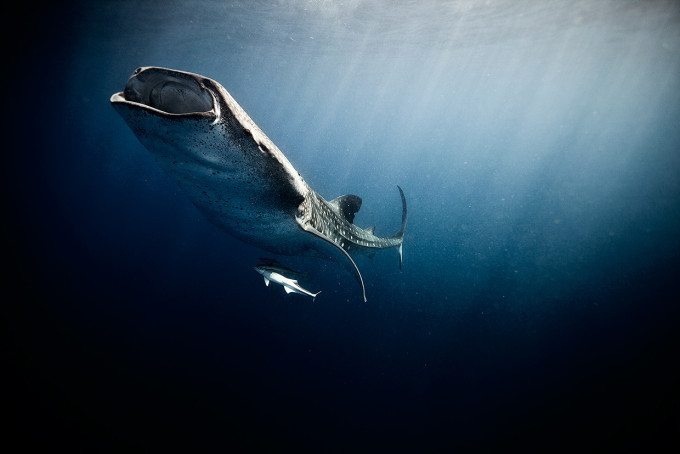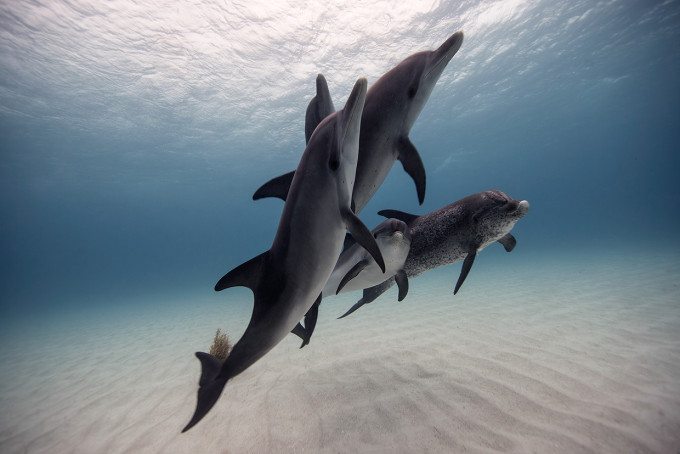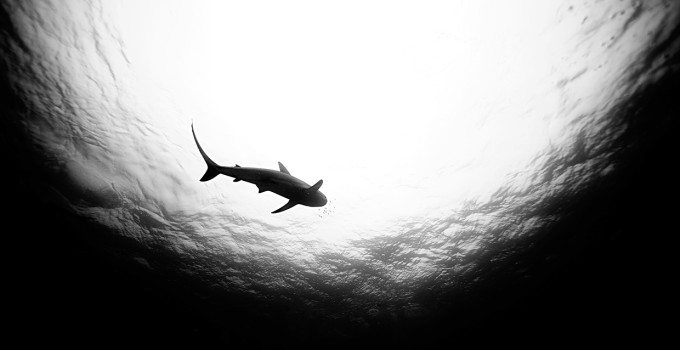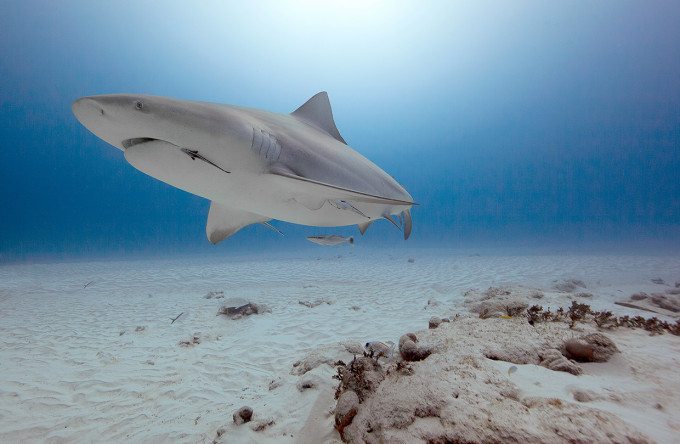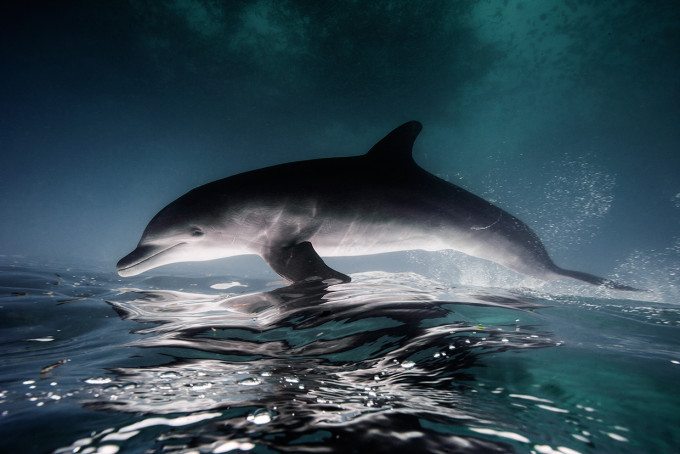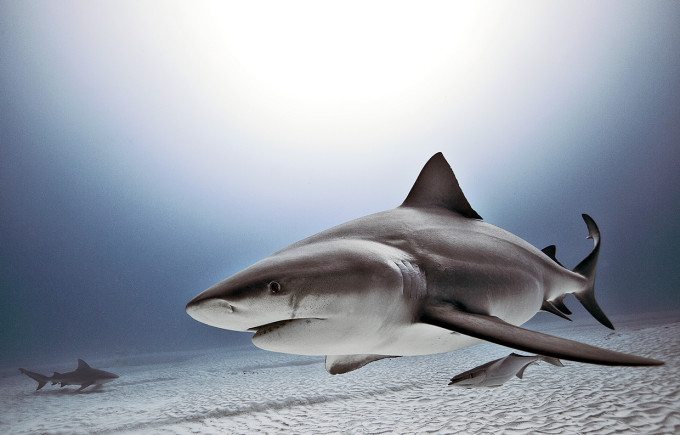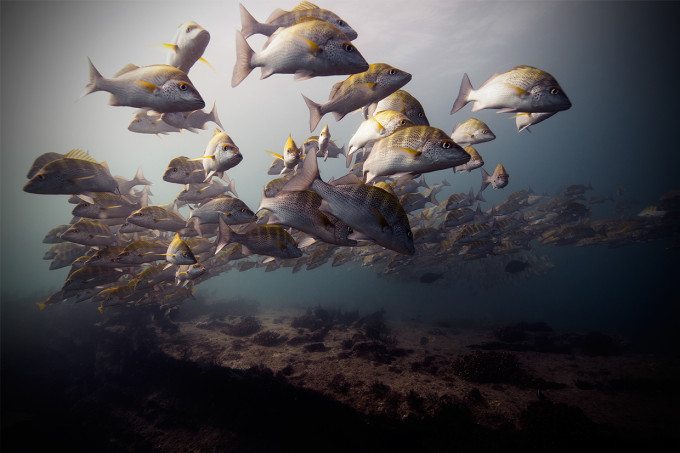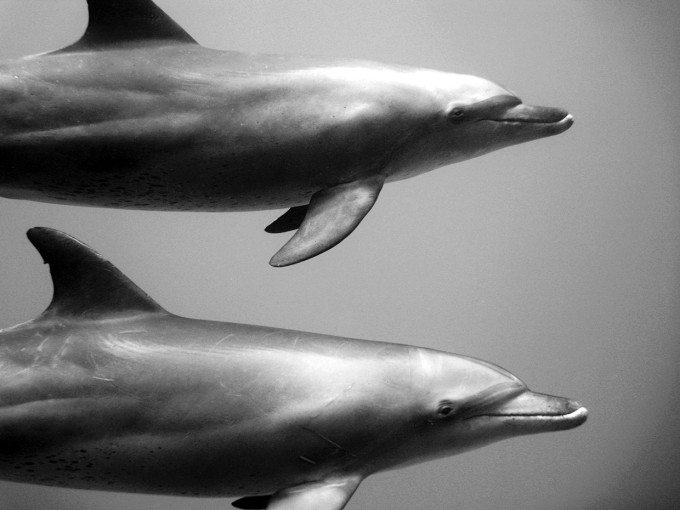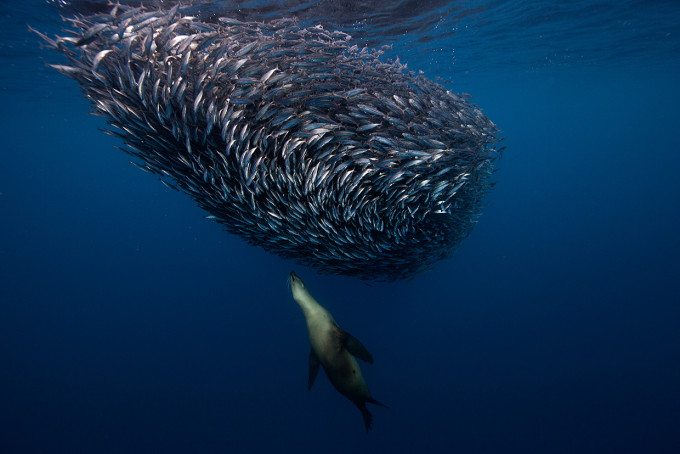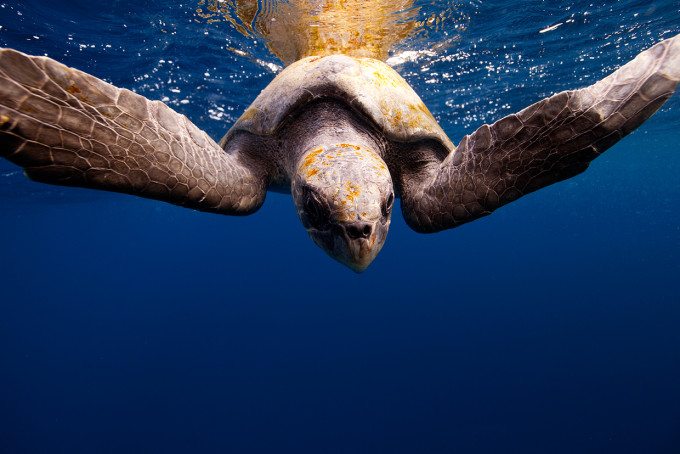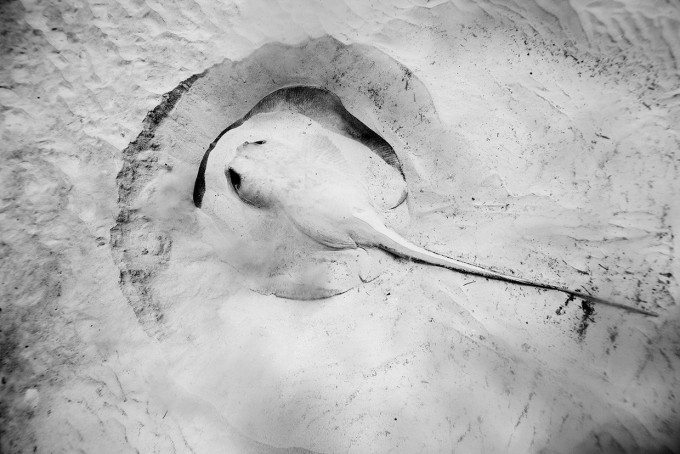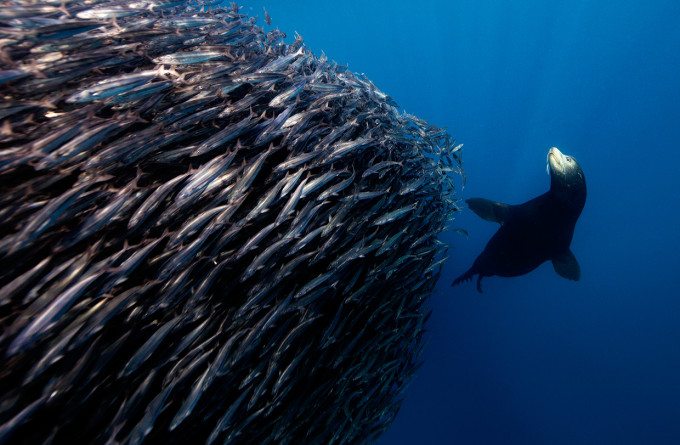Last Updated on 05/05/2015 by Chris Gampat
All images by Jorge Cervera Hauser. Used with permission.
Photographer Jorge Cervera Hauser is based in Mexico, and he is the executive producer at Calypso Media, co-director at Pelagic Life, and producer of the documentary feature “México Pelágico” about the Mexican open ocean. But he’s a lot more than that–he’s also an ambassador for the Discovery Channel in Latin America, and was a speaker at TEDx San Miguel de Allende in 2014. Jorge’s passion is underwater wildlife.
Jorge shoots beautiful images of sharks, dolphins, turtles, alligators and so many more animals under the seas. He’s always had an affinity for documenting things and so it meshed well with his love of adventure underwater. We talked to Jorge about underwater photography and his favorite animals.
Phoblographer: What got you into photography?
Jorge: I was always drawn into film, documenting stuff, and definitely always into wildlife. I grew up watching nature documentaries and reading books about animals. I always knew I wanted to be the guy behind those cameras, although I never really knew how I was going to do that.
Phoblographer: How did you first get into underwater photography?
Jorge: I always wanted to learn how to dive, but it wasn’t until 2005 that I decided to go do it. In 2007 I was on a diving liveaboard in the Sea of Cortez and a friend lent me his Olympus point and shoot with its housing. I came back with some pretty amateur photographs of sea lions, starfish, and small fish. I loved it and I knew I needed my own gear, serious gear, and a lot of practice.
Phoblographer: Underwater photography scares and intimidates a lot of people because of how tough it can be to do. What do you think the biggest hurdle was and how did you get over it?
Jorge: The most important thing is to know how to handle yourself underwater when you’re diving, you need to control your buoyancy and be subtle and steady with your movement; when freediving it’s even trickier because even though you have less gear and more freedom to move, a lot of times you have strong currents, big waves and tough weather conditions in general, and there’s also the “holding your breath” thing, so you can go deep enough, find the framing you want and shoot. It’s funny cause a lot of underwater photographers are divers that don’t get very technical with the camera, and don’t know much about composition or lightning. And photographers that try underwater stuff most of the times are not very good in the water.
In my case I was lucky enough that I had contact with the ocean since I was little, and I always loved swimming. I also believe my photography training and knowledge helped me a lot when I started shooting underwater.
Phoblographer: Where are your favorite places to shoot underwater images?
Jorge: As we say in Pelagic Life (the NGO my friends and I run): Baja delivers. The open ocean of Baja will always surprise you with the unbelievable life it shelters. There we have encountered marlin, mola-mola, blue sharks, mako sharks, silky sharks, hammerhead sharks, sea lions, dolphins, mobula rays, pilot whales, blue whales, humpback whales, gray whales, and the guys even saw an orca once… I’ll always regret I missed that trip.
Phoblographer: What animals are you favorite to photograph and why?
Jorge: Sharks. They are seriously misunderstood and not at all as the media portrays them. They are amazing, elegant and sexy; they are much more intelligent that what you may think, and somebody has to show their true colors. For me it’s a personal thing, it’s even a responsibility to do so. So will never see a picture of mine where a shark doesn’t pose a natural behavior–a peaceful behavior. Not even with great whites.
Phoblographer: What was one of the scariest experiences that you’ve had while shooting underwater?
Jorge: Unlike sharks, my friends and I didn’t know much about crocodile behavior: We (my friend Rodrigo and I) had read some stuff and we had talked to some people that were doing it in the Okavango in very different conditions. They were doing scuba at 30ft in much colder, much murkier water. We were doing snorkel, in really shallow, really warm, crystal clear water. When the first seriously big (10ft) croc arrived he was really territorial, and you might even say aggressive. He obviously didn’t want us there. He kept opening his mouth while laying in the bottom, and charging towards Rodrigo and myself. At some point I was floating on the surface and the current dragged me right on top of him. He started turning his head slowly towards me, slightly opening his mouth. At that point I had three Adam’s apples in my throat, and I was able to slowly pull away.
After 15 minutes, that same big croc got used to our presence and got really comfortable. His attitude changed 180 degrees and became a Golden Retriever with scales. We even named him Andy after a super friendly friend that was with us on the trip.
Phoblographer: Talk to us about the gear that you use.
Jorge: I have a Canon 1DX with a Nauticam housing and a 9” glass dome port. Since I like shooting big animals, I always use my 14mm lens, which I love.
Phoblographer: It’s often tough to shoot animals underwater because of a lack of lighting; it seems like you’re mostly shooting near the surface. Is that how you get your shots?
Jorge: Most of my pictures are taken free diving between the surface and 30ft of depth. I only shoot with natural light, so for me, clear water conditions are critical. There’s a bull shark image that I love that was taken at 85ft with natural light in perfect conditions. I don’t like strobes because if you have more subjects on the background then you’re only going to get the white balance right with your main subject and the rest is just going to turn blue and ugly. A lot of my friends use strobes, but I really like to go with the natural, sober look. If I were doing macro photography underwater, that’s a different story, and I wouldn’t dare to do it without flashes.
Phoblographer: How many times have you gone out and nothing shows up for you to photograph?
Jorge: A LOT. Specially when you’re out in the open ocean looking for pelagics it is not uncommon to come back empty handed… probably 30% of the time something shows up, and you have to make your peace with that, learn to be patient, and know you’re gonna have to be out there a lot. Some people want to join us in our expeditions get really frustrated because they really wanted to see a shark and they didn’t. For us it is great just to be out there in the open ocean, it’s our happy place, and when we’re lucky enough to find what we were looking for, or get surprised by what we were not looking for, that’s the cherry on top of the cake.
Phoblographer: A lot of underwater wildlife photography seems to be about prediction and figuring out where your subjects will be beforehand. How do you always make sure that you’re ahead of your subjects?
Jorge: We’re always in touch with local fishermen, that’s the best tip I can give, and they always call us when something’s up… when the water is “boiling”. Truth is you can (and have to) check the weather, the tide, the water temperature, and know the seasons… what happens where; but you can make all the research and all the planning you want, but a lot of times you are going to come back empty handed, sometimes the ocean will surprise you with something you were not expecting, but equally rewarding, and then there’s that time where you will find what you were looking for. Remember, out in the open ocean you’re really really tiny, and what you’re looking for can be happening at that very moment, just one mile away from you, and you will never know it.


